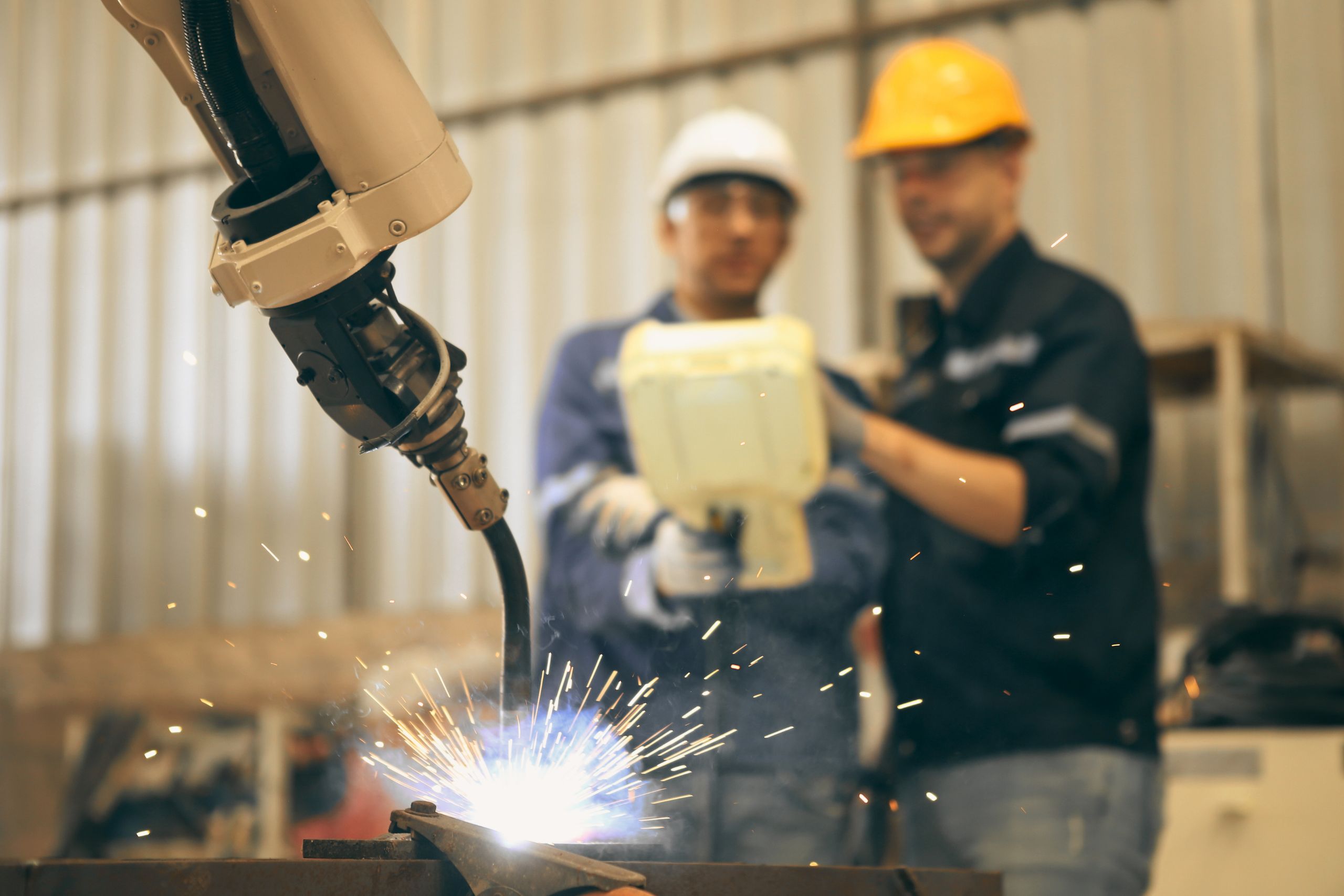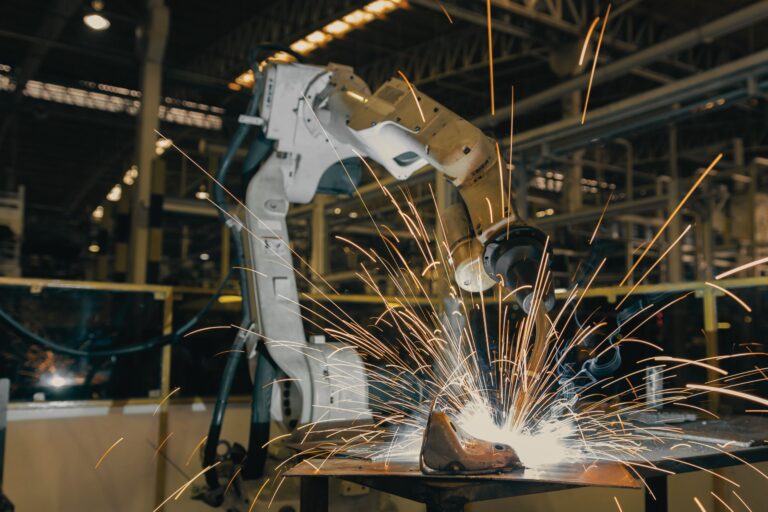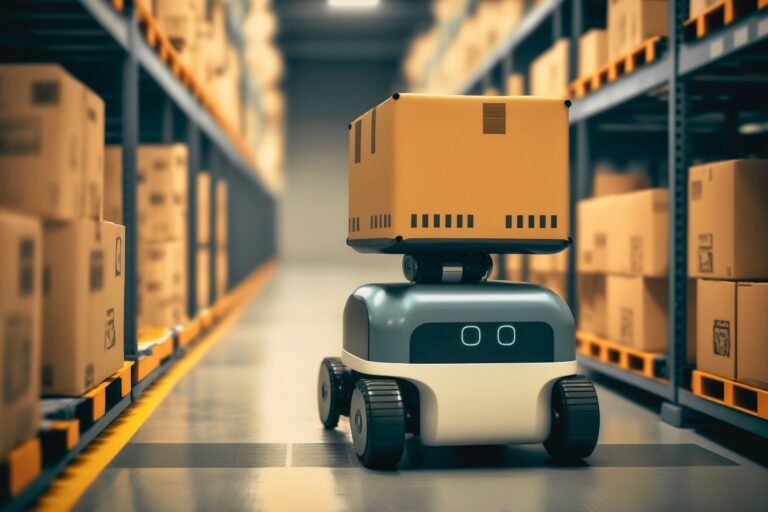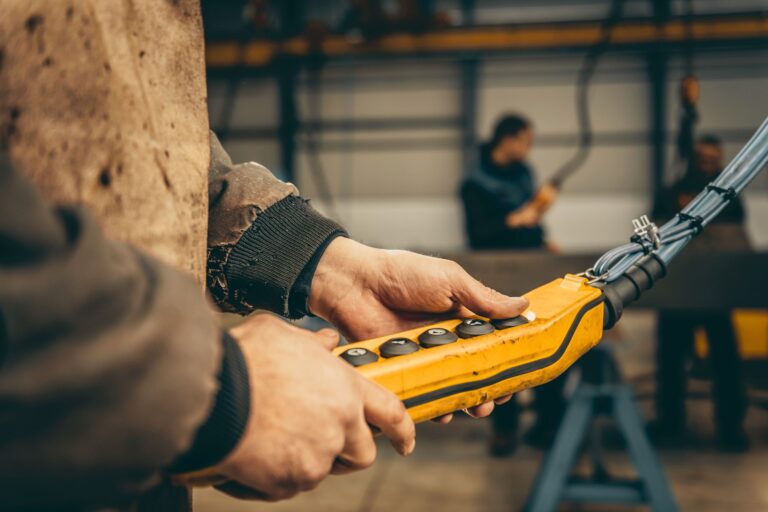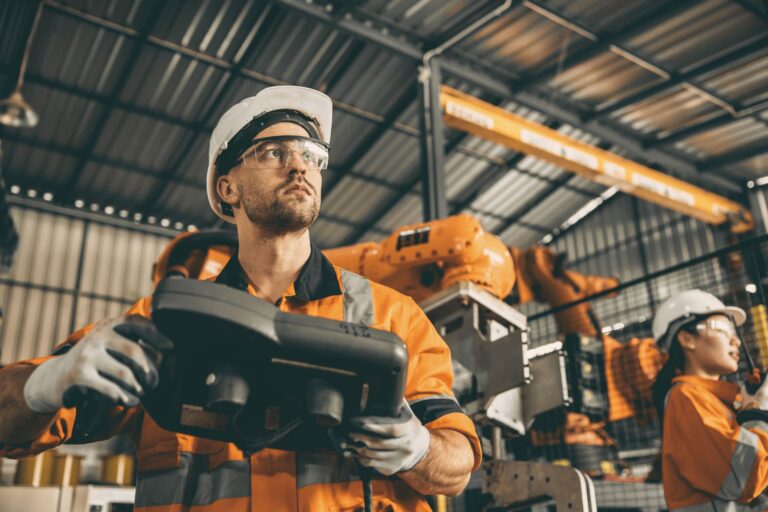Robots in Construction: From Automated Construction to 3D Printed Buildings
The construction industry is undergoing a revolution thanks to robotics and automation. Robots and 3D printing are changing the way buildings are built, offering faster, more accurate and more sustainable solutions. In this article, we will look at how technology is transforming construction and what are the main advantages of automated systems.
How are robots entering the construction industry?
The construction sector has traditionally been characterized by manual labor and complex logistical processes. However, with the advent of robotic technologies, there has been a significant increase in efficiency, safety, and quality of execution. The main applications of robots in construction include:
- Automated brick and concrete laying – Robots like Hadrian X can build walls at speeds far exceeding human capabilities.
- 3D printing of buildings – Large robots equipped with printing heads can build entire structures by extruding concrete or other composite materials.
- Robotic excavators and bulldozers – Autonomous construction machines can perform earthmoving work without the need for operators.
- Inspection drones – They are used to monitor construction progress, control quality, and improve site safety.
Advantages of robotization in construction
- Higher efficiency – Robots work around the clock, without the need for breaks, which speeds up construction processes.
- Precision and less waste – Automated systems reduce errors and use the right amount of materials.
- Safety – Robots can perform dangerous tasks such as working at heights or in harsh conditions, reducing the risk to human personnel.
- Cost reduction – Although the initial investment is high, the long-term reduction in labor and material costs makes robotization cost-effective.
- Sustainability – Reduced waste, more efficient use of resources, and the ability to build energy-efficient structures make automated technologies more environmentally friendly.
3D printing in construction – the future of buildings
3D printing of buildings is among the most exciting innovations in the sector. The technology allows the construction of entire structures by layering concrete or composite materials, eliminating the need for traditional formwork and reducing construction time. Some of the key benefits of 3D printing include:
- Fast construction – Houses can be completed within days instead of months.
- Design flexibility – 3D printing allows for the creation of unique architectural forms that are difficult to realize with traditional methods.
- Cost reduction – Saves materials and labor costs while improving efficiency.
- Sustainable materials – Many companies are experimenting with eco-friendly mixes, including recycled materials and geopolymer concrete.
The future of robots in construction
Robotization and automation are expected to continue to develop in the coming years, with even more advanced systems being introduced. Key trends include:
- Integration with artificial intelligence – Automated systems will be able to analyze and optimize construction processes in real time.
- Greater autonomy – Robots will be able to independently plan and execute complex construction tasks.
- Wider use of drones and IoT devices – They will provide continuous monitoring and automated management of construction sites.
How does Bullitt Engineering monitor these innovations?
At Bullitt Engineering JSC, we analyze and implement the latest technologies in the field of construction automation. By collaborating with technology companies and adapting innovative solutions, we support businesses in the transition to more efficient, environmentally friendly and automated construction.
Conclusion
Robotics and 3D printing offer new opportunities for the construction sector, accelerating processes, increasing quality and reducing costs. These technologies will continue to transform the industry, providing more sustainable and innovative construction solutions. The implementation of automation in construction is not just a trend – it is the future of the sector.

